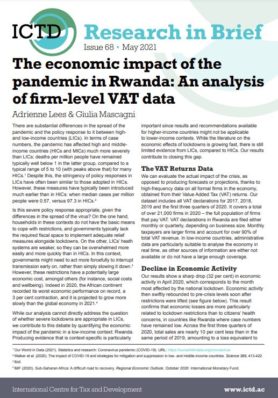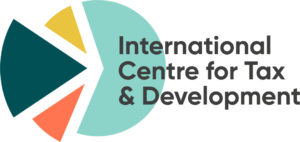Research in Brief 68
There are substantial differences in the spread of the pandemic and the policy response to it between high and low-income countries (LICs). In terms of case numbers, the pandemic has affected high and middle income countries (HICs and MICs) much more severely than LICs: deaths per million people have remained typically well below 1 in the latter group, compared to a typical range of 5 to 10 (with peaks above that) for many HICs.
Despite this, the stringency of policy responses in LICs have often been similar to those adopted in HICs. However, these measures have typically been introduced much earlier than in HICs: when median cases per million people were 0.57, versus 97.3 in HICs.2 Is this severe policy response appropriate, given the differences in the spread of the virus? On the one hand, households in these contexts do not have the basic means to cope with restrictions, and governments typically lack the required fiscal space to implement adequate relief measures alongside lockdowns. On the other, LICs’ heath systems are weaker, so they can be overwhelmed more easily and more quickly than in HICs. In this context, governments might need to act more forcefully to interrupt transmission early on, rather than simply slowing it down.
However, these restrictions have a potentially large economic cost, amongst others (for instance, social costs and wellbeing). Indeed in 2020, the African continent recorded its worst economic performance on record, a 3 per cent contraction, and it is projected to grow more slowly than the global economy in 2021. While our analysis cannot directly address the question of whether severe lockdowns are appropriate in LICs, we contribute to this debate by quantifying the economic impact of the pandemic in a low-income context: Rwanda. Producing evidence that is context-specific is particularly important since results and recommendations available for higher-income countries might not be applicable to lower-income contexts. While the literature on the economic effects of lockdowns is growing fast, there is still limited evidence from LICs, compared to HICs. Our results contribute to closing this gap.

